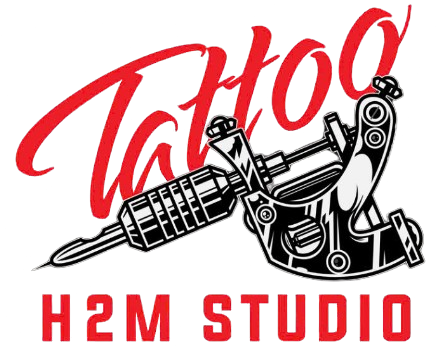Can you shower after a new tattoo? It’s one of the most common questions new tattoo owners ask — and the short answer is yes, but with caution. The way you shower in the first few days after getting inked can significantly impact how well your tattoo heals and how vibrant it looks in the long run. Improper showering techniques or exposing your tattoo to water for too long can lead to fading, scabbing, or even infection. At H2M Tattoo Studio, we believe that great tattoos deserve great aftercare. That’s why we’ve put together a detailed guide to help you understand when and how to shower safely, what products to use, and how to maintain proper hygiene without compromising your fresh artwork.
Why Safe Showering After a New Tattoo Matters
Proper showering practices play a crucial role in tattoo healing and long-term preservation. Your new tattoo is essentially an open wound that requires careful attention to prevent complications while allowing natural healing processes to occur effectively.
Safe showering supports optimal healing by gently removing bacteria, dead skin cells, and excess ink or plasma that can accumulate on the tattoo surface. This cleaning process prevents bacterial buildup that could lead to infections, while also preparing the skin for proper moisturizing and protection. When done correctly, regular gentle cleansing actually accelerates healing by maintaining ideal conditions for skin regeneration.
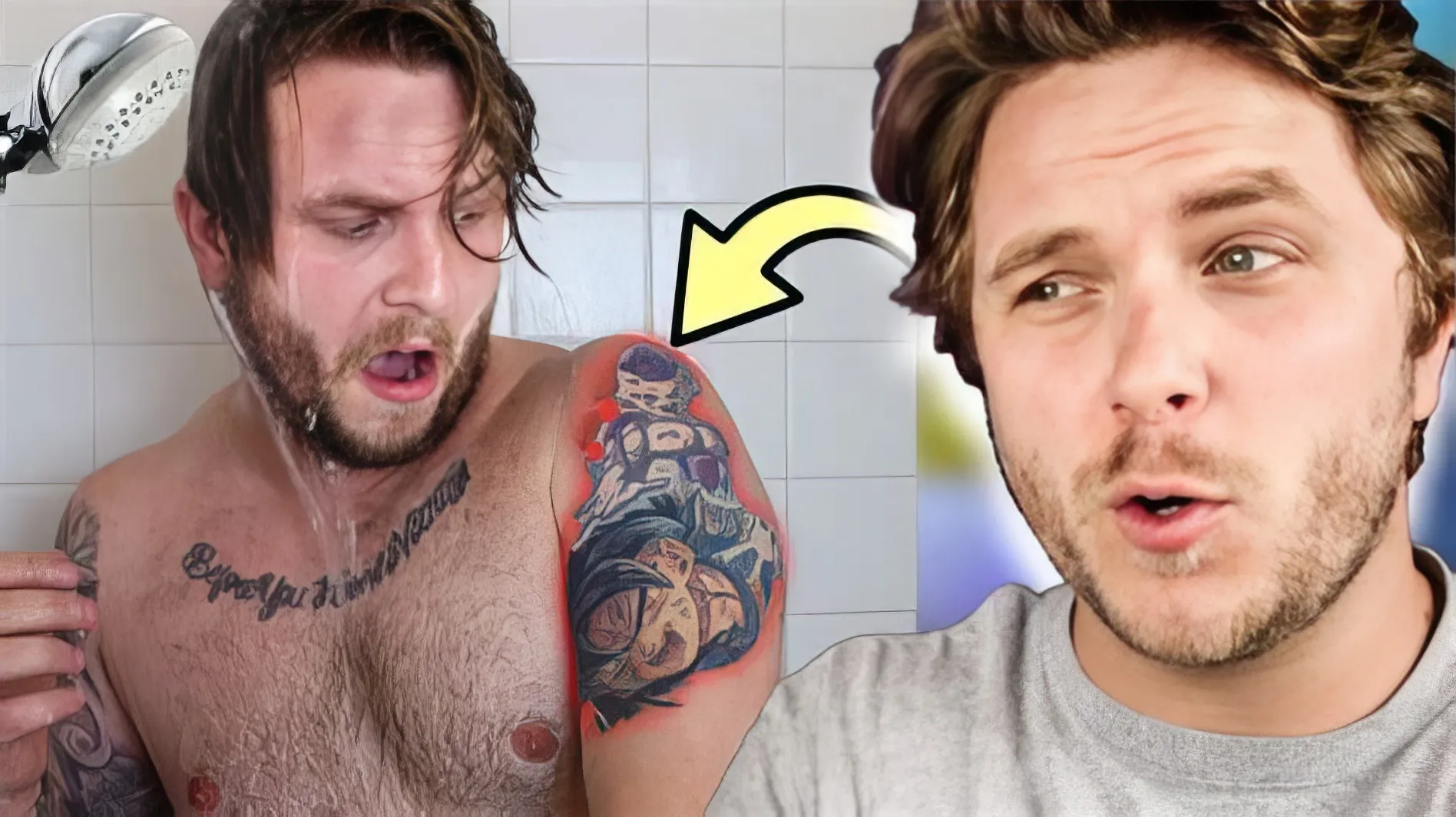
Conversely, improper showering can cause serious complications including infection, scarring, color loss, and prolonged healing times. Hot water, harsh soaps, or aggressive scrubbing can damage delicate healing tissue, while soaking or submersion can introduce harmful bacteria or cause excessive swelling. Understanding these risks helps you appreciate why specific guidelines exist and why following them carefully protects both your health and your artistic investment.
By mastering proper showering techniques early in your tattoo journey, you establish habits that will preserve your ink's vibrancy and clarity for years to come. The time invested in learning correct practices during the healing phase pays dividends in the form of a beautifully healed tattoo that maintains its original impact and detail.
>>>> READ MORE: what to do after getting a tattoo for Perfect Healing
When Can You Shower After Getting a Tattoo?
The timing of your first post-tattoo shower depends primarily on the type of bandaging used and your artist's specific instructions, but most professionals recommend waiting at least 24 hours before your first shower.
Standard Timing Guidelines
For traditional bandaging (plastic wrap, gauze, or standard adhesive bandages), you'll typically wait 1 to 24 hours depending on the location and size of your tattoo. Larger tattoos or those in areas prone to movement may require longer initial protection periods.
Signs Your Tattoo Is Ready for Water Exposure
Before showering, look for these indicators that your tattoo is ready:
- Bandage removal time has passed according to your artist's instructions
- Initial bleeding has stopped and any plasma discharge is minimal
- The tattoo surface feels less tender to gentle touch
- No signs of infection such as excessive redness, heat, or unusual discharge
- Your artist has given specific clearance during any follow-up communications
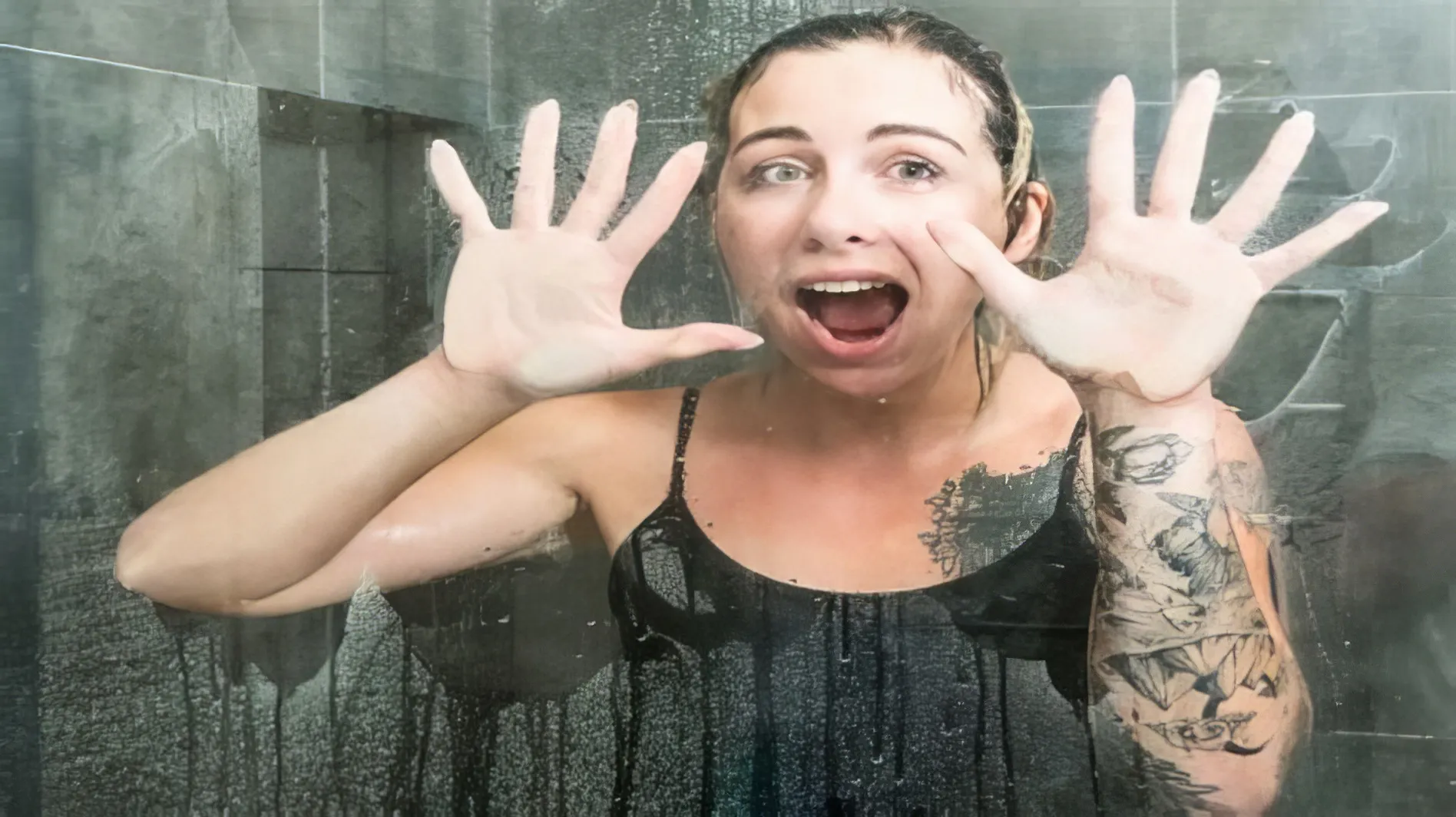
Factors Affecting Timing
Several variables can influence when you can safely shower:
- Tattoo size and complexity: Larger pieces may need longer protection
- Body placement: Areas with frequent movement or friction require extra caution
- Your healing rate: Individual healing speeds vary based on age, health, and lifestyle
- Artist technique and experience: Different artists may have varying aftercare protocols
- Bandaging type: Traditional vs. modern waterproof coverings have different timelines
Always prioritize your specific artist's guidance over general recommendations, as they understand the unique factors affecting your particular tattoo and healing situation.
>>>> SEE MORE: what to moisturize tattoo with To Recover Quickly And Keep The Color Lasting And Beautiful
Preparing Yourself for Your First Shower with a New Tattoo
Proper preparation sets the foundation for safe, effective tattoo cleaning throughout the healing process. Taking time to organize your supplies and approach prevents rushed decisions that could harm your fresh ink.
Essential Preparation Steps
Hand Hygiene First:
- Wash your hands thoroughly with antibacterial soap before touching your tattoo or any supplies
- Use clean towels to dry your hands completely
- Consider keeping hand sanitizer nearby for quick cleaning during the process
Bandage Removal Protocol:
- Remove bandages slowly and gently, pulling in the direction of hair growth when possible
- If the bandage feels stuck, use lukewarm water to help soften adhesive
- Never force or rip off bandaging that resists removal
- Dispose of used bandages immediately in a covered trash receptacle
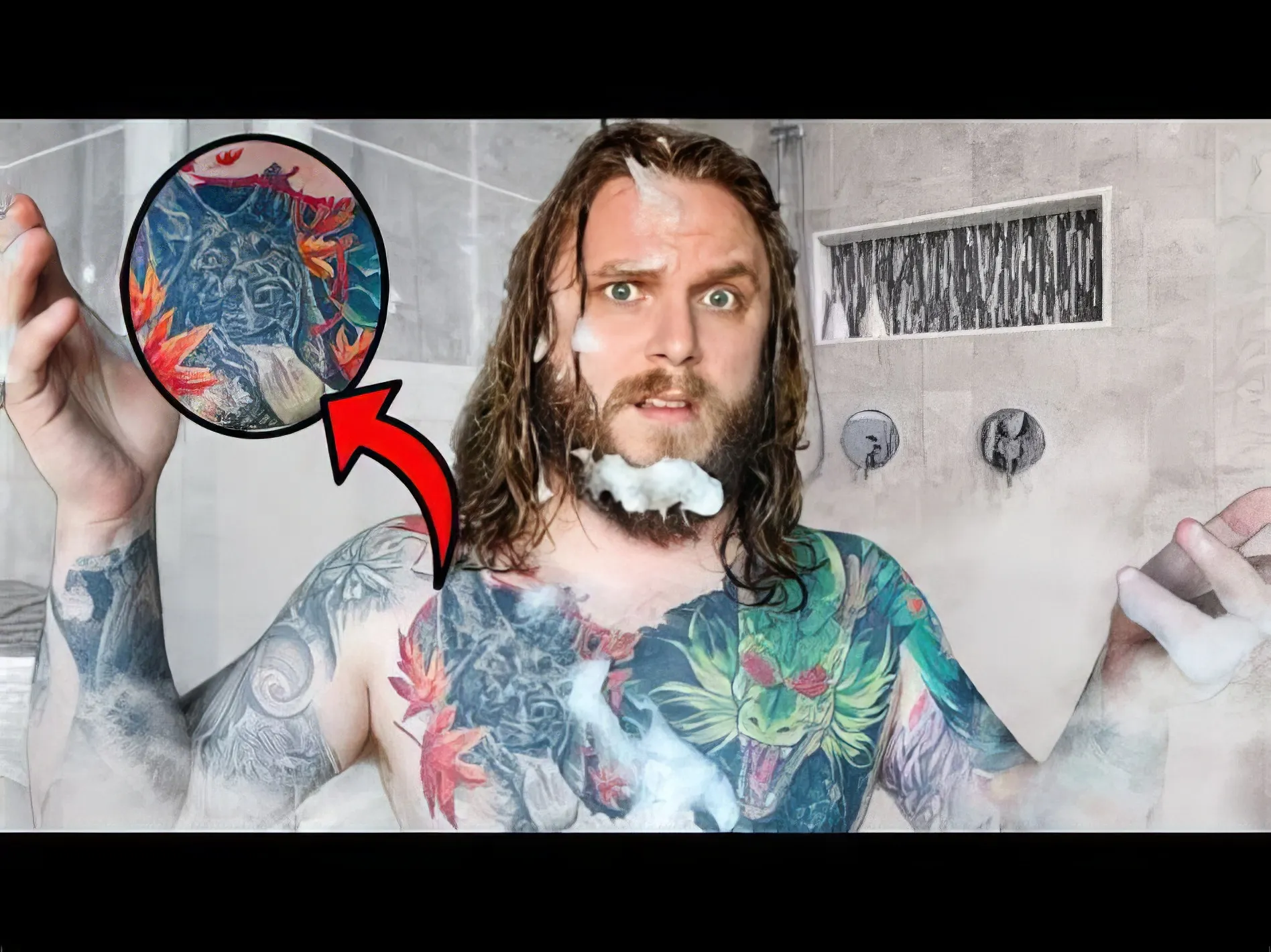
Supply Organization:
- Mild, fragrance-free soap: Choose antibacterial soap that's very mild and fragrance-free
- Clean, soft towels: Reserve fresh towels specifically for tattoo drying
- Lukewarm water source: Test water temperature before exposing your tattoo
- Recommended aftercare products: Have approved moisturizers or ointments ready for post-shower application
Shower Environment Setup:
- Clean your shower area beforehand to minimize bacterial exposure
- Adjust lighting so you can clearly see your tattoo during cleaning
- Remove any loofahs, scrubbing brushes, or abrasive shower tools from reach
- Have a clean washcloth or your clean hands ready for gentle cleaning
Mental Preparation
Approach your first shower with patience and gentleness. The process should feel soothing rather than stressful, so take your time and avoid rushing through any steps. Remember that this careful attention during early healing prevents problems that could affect your tattoo's final appearance.
>>>> READ MORE: can you put sunscreen on a healing tattoo ? Common Mistakes To Avoid
How to Shower Safely After Getting a Tattoo: Step-by-Step Instructions
Mastering proper showering technique protects your tattoo while ensuring effective cleaning throughout the healing process. Each step serves a specific purpose in maintaining optimal healing conditions.
Water Temperature and Pressure Guidelines
Temperature Control: Use cool or lukewarm water rather than hot water, as scalding hot water can hurt and fade the ink. The ideal temperature feels neutral to slightly cool against your skin. Hot water increases blood flow to the area, potentially causing excessive swelling, bleeding, or plasma discharge.
Pressure Management: Keep your tattoo away from heavy shower flow, opting instead to gently rinse the area. Strong water pressure can damage healing tissue and force water deeper into the wound than beneficial. Position yourself so water flows around rather than directly onto your tattoo, or use your hands to redirect and soften the water flow.
Duration Recommendations: Keep showers brief during the first week, typically 5-10 minutes maximum. Extended water exposure can oversaturate healing skin and increase infection risks. Focus on essential cleaning rather than leisurely showering until healing progresses.
Gentle Cleaning Techniques
Cleaning Method: Use only your clean fingertips or a soft washcloth to clean your tattoo. Gently rinse the tattoo with slightly soapy water rather than lathering or scrubbing newly tattooed skin. The goal is removing surface bacteria and debris without disturbing healing tissue underneath.
Soap Application: Apply a small amount of mild soap to your clean hands first, then gently spread it over the tattoo using circular motions with minimal pressure. Focus on removing any built-up plasma, dried blood, or surface contamination while being extremely gentle with scabs or peeling areas.
Rinsing Process: Rinse thoroughly but gently, ensuring all soap residue is removed. Soap left on healing skin can cause irritation or interfere with the healing process. Use cupped hands to pour water over the area rather than exposing it directly to shower pressure.
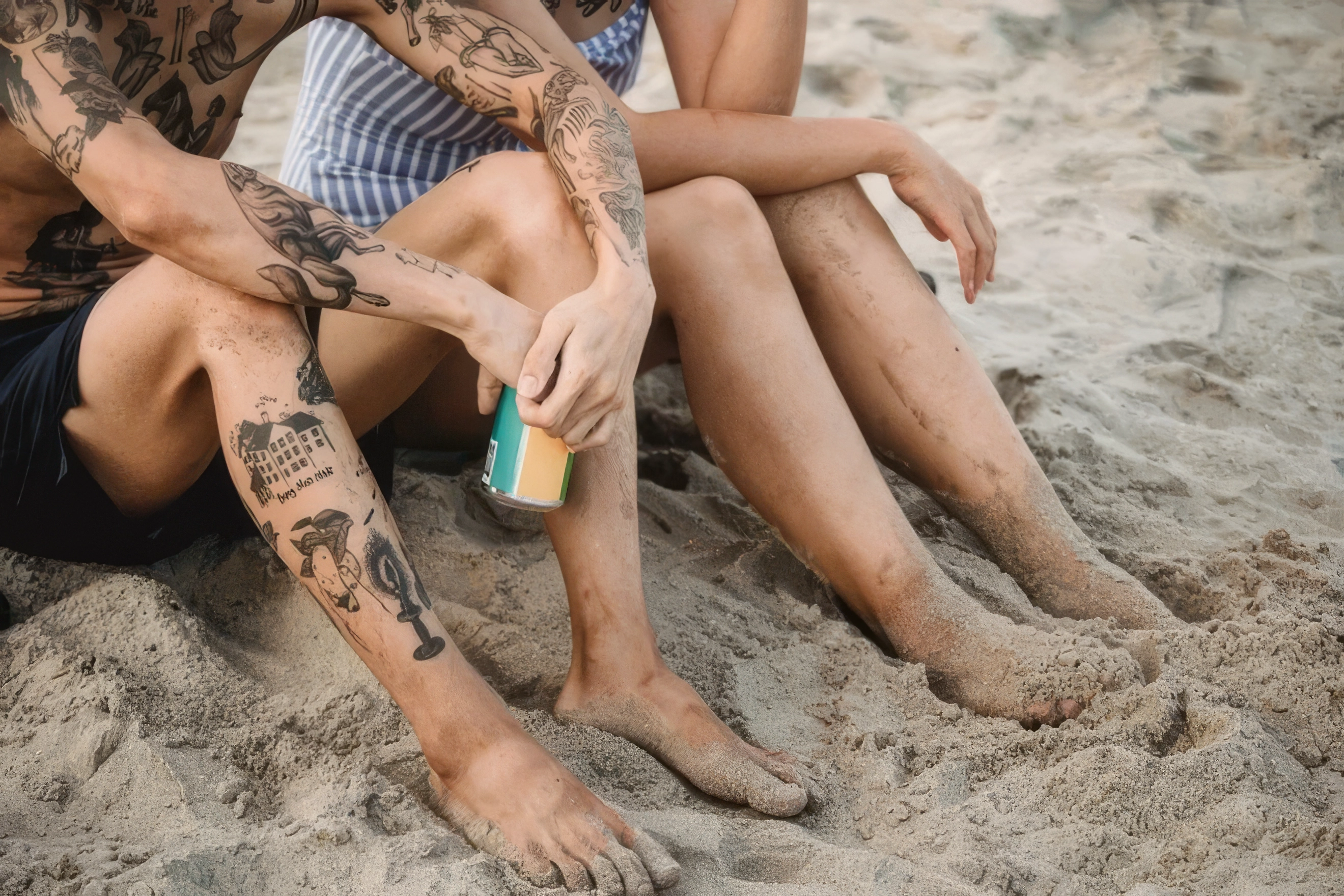
Shower Duration and Frequency During Healing
Frequency Guidelines: Shower once daily during the first week, increasing to your normal routine only after initial healing milestones are reached. Showering is safe as long as you're gentle and avoid soaking the area. Some people may need twice-daily cleaning if they work in dusty or dirty environments, but always consult your artist first.
Timing Considerations: Schedule showers when you have time to complete the full aftercare routine, including proper drying and moisturizing. Rushed showering often leads to mistakes that can compromise healing.
Progressive Adjustments: As healing progresses over 2-3 weeks, you can gradually return to normal shower duration and frequency. Monitor your tattoo's response and adjust accordingly if you notice any irritation or delayed healing.
>>>> SEE MORE: can i drink beer after a tattoo ? Important Things You Need To Know
What Should You Avoid While Showering?
Understanding what to avoid during shower time is just as important as knowing proper techniques. Certain practices can severely compromise healing or introduce dangerous complications.
Water-Related Prohibitions
Soaking and Submersion:
- Avoid baths completely during the initial 2-3 week healing period
- Never use hot tubs, jacuzzis, or spas which contain chemicals and bacteria
- Stay out of swimming pools until your tattoo is fully healed
- Avoid natural water sources like lakes, rivers, or oceans that contain unknown bacteria
Temperature Extremes:
- No hot or scalding water that can cause burns, swelling, or ink damage
- Avoid extremely cold water that can shock healing tissue
- Skip steam rooms or saunas that create excessive heat and moisture
Product and Tool Restrictions
Soap and Chemical Restrictions:
- Avoid heavily scented soaps that can irritate healing skin
- Skip antibacterial soaps with harsh chemicals unless specifically recommended
- Never use body washes with exfoliating beads or scrubbing particles
- Avoid medicated soaps unless prescribed by a healthcare provider
Physical Tool Prohibitions:
- Never use loofahs, scrubbing brushes, or washcloths with rough textures
- Avoid pumice stones or exfoliating tools near the tattoo area
- Don't use razor blades for shaving over or near fresh tattoos
- Skip any mechanical cleaning devices that could damage healing skin

After Shower Care: Proper Drying and Moisturizing
The moments immediately following your shower are critical for maintaining proper healing conditions. Your approach to drying and moisturizing directly impacts how well your tattoo heals and how vibrant it remains long-term.
Proper Drying Techniques
Pat-Dry Method: Always pat your tattoo dry with a clean, soft towel using gentle dabbing motions. Never rub, scrub, or drag the towel across healing skin, as this can remove protective scabs, damage new tissue formation, or introduce bacteria from towel fibers into the wound.
Air-Drying Benefits: Allow 10-15 minutes of air-drying after patting to ensure complete moisture removal from all tattoo crevices. Trapped moisture between skin layers can create breeding conditions for harmful bacteria or cause excessive softening that delays healing.
Towel Selection: Use clean towels reserved specifically for tattoo care, preferably ones that haven't been treated with fabric softeners or strong detergents that could leave residue on your skin. Replace towels frequently during the healing process to maintain maximum cleanliness.
Moisturizing Application Guidelines
Product Selection: Use fragrance-free and preservative-free moisturizers, with many products safe for eczema-prone skin being suitable options. Your tattoo artist should provide specific product recommendations based on your skin type and their experience with similar healing cases.
Application Technique:
- Use clean hands to apply thin layers of recommended moisturizer
- Apply gently using light circular motions that don't create pressure
- Cover the entire tattooed area including borders where healing extends beyond visible ink
- Allow complete absorption before putting on clothing or bandages
Frequency and Timing:
- Moisturize 2-3 times daily or as recommended by your artist
- Always moisturize after cleaning to replace natural oils removed during washing
- Apply before clothing contact to create a protective barrier
- Continue beyond visible healing as skin continues rebuilding for weeks
Bandage Reapplication Considerations
Some aftercare routines require reapplying protective bandages after cleaning and moisturizing, particularly during the first few days. If your artist recommends this approach:
- Use only clean, sterile bandaging materials
- Allow moisturizer to absorb completely before applying bandages
- Change bandages according to your artist's schedule
- Monitor for signs of adhesive reactions or excessive moisture buildup
The consistency of your after-shower care routine significantly impacts your tattoo's final appearance and healing timeline. Establishing good habits early creates positive conditions for optimal long-term results.
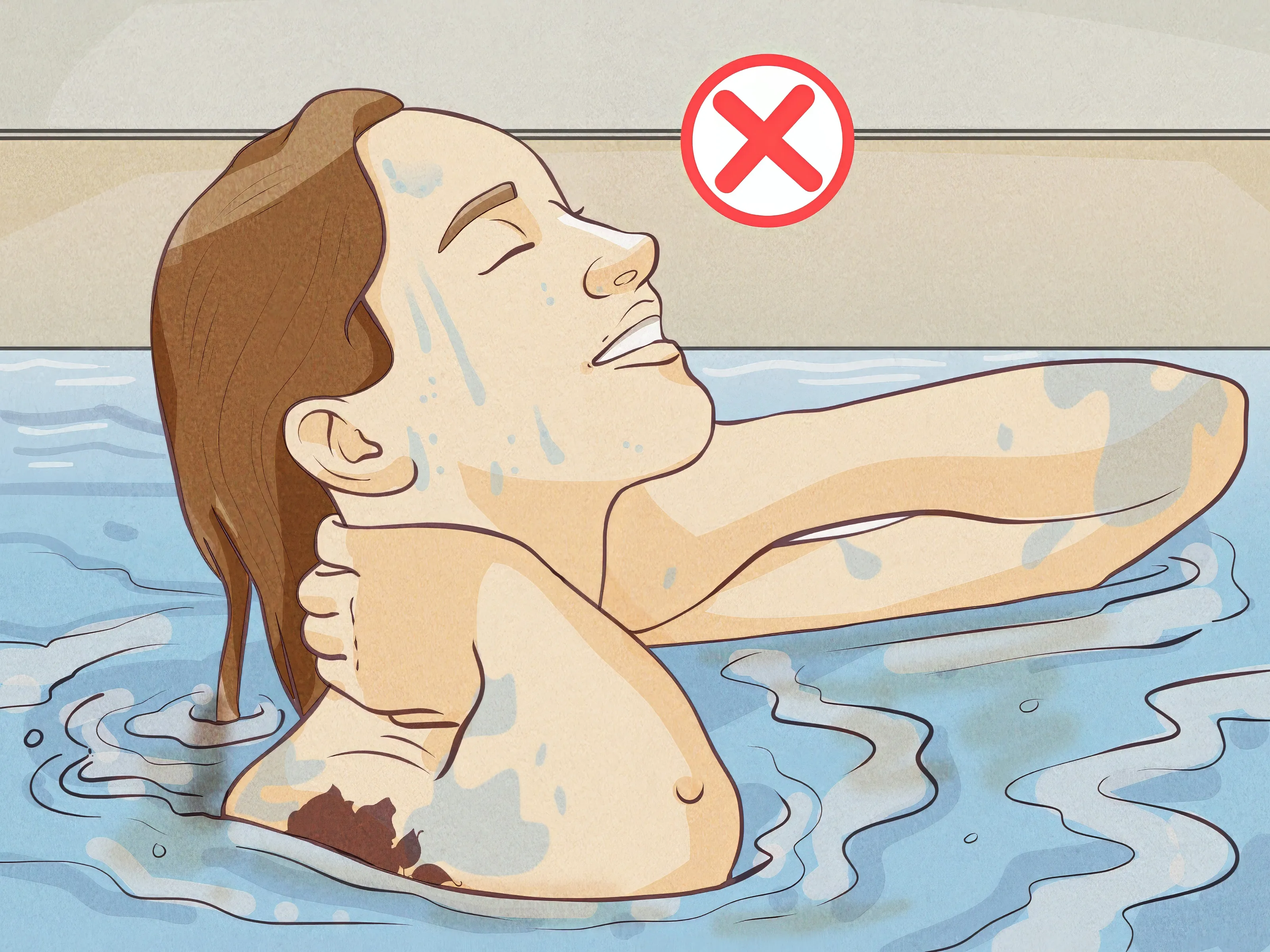
Long-Term Showering Habits for Tattoo Preservation
While initial healing typically completes within 2-4 weeks, the choices you make in your long-term shower routine continue affecting your tattoo's appearance and longevity for years to come.
Maintaining Vibrant Color and Detail
Temperature Consistency: Continue using lukewarm rather than hot water for showering, even after complete healing. Hot water can fade tattoo ink over time, gradually diminishing the vibrancy and contrast that make your tattoo visually striking. This simple habit preservation maintains color integrity indefinitely.
Gentle Handling: Maintain gentle cleaning practices around tattooed areas throughout your life. While healed tattoos can withstand normal washing, aggressive scrubbing or harsh exfoliation can gradually wear away fine details and crisp lines that define quality tattoo work.
Chemical Considerations: Be mindful of shower products that contact your tattoos regularly. Highly chlorinated water, harsh soaps, or chemical treatments can gradually affect ink appearance. Consider using filtered shower heads in areas with heavily treated municipal water.
Moisturizing for Longevity
Consistent Hydration: Apply sunscreen and moisturizer often, as all tattoos fade over time. Well-hydrated skin maintains better ink retention and appears more vibrant than dry, neglected skin. Establish daily moisturizing habits that extend beyond the healing period.
Seasonal Adjustments: Adapt your moisturizing routine to seasonal changes that affect skin hydration. Winter heating systems and summer sun exposure both impact skin condition, requiring adjustments to maintain optimal tattoo appearance.
Product Evolution: As your skin ages and changes, your moisturizing needs may evolve. Higher-quality, more intensive moisturizers may become beneficial for maintaining tattoo vibrancy as skin naturally becomes thinner and less elastic over time.
Sun Protection Integration
Daily Sunscreen Application: Always apply sunscreen on your tattoo, especially in the first months when skin is still rebuilding, but continue this practice indefinitely. UV exposure is the single most damaging factor for tattoo longevity, making consistent sun protection essential for preservation.
Shower-Safe Products: Choose water-resistant sunscreens that maintain protection through normal showering and daily activities. Reapply after extended shower sessions or swimming to maintain consistent protection levels.
Your long-term commitment to gentle, consistent care determines how well your tattoo ages and maintains its original impact over decades.
Proper aftercare is key to protecting both your skin and your tattoo investment. The question “Can you shower after a new tattoo?” often causes confusion, but the answer is yes — with care. Gentle, brief showers using mild, fragrance-free products are not only safe but essential to the healing process. At H2M Tattoo Studio, we emphasize following your artist’s instructions and combining them with proven hygiene practices to ensure your tattoo heals cleanly, retains its vibrancy, and becomes a lasting reflection of your personal expression.
>>>> NOTE NOW:

